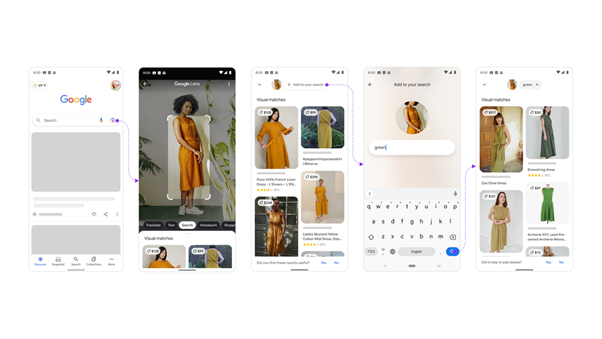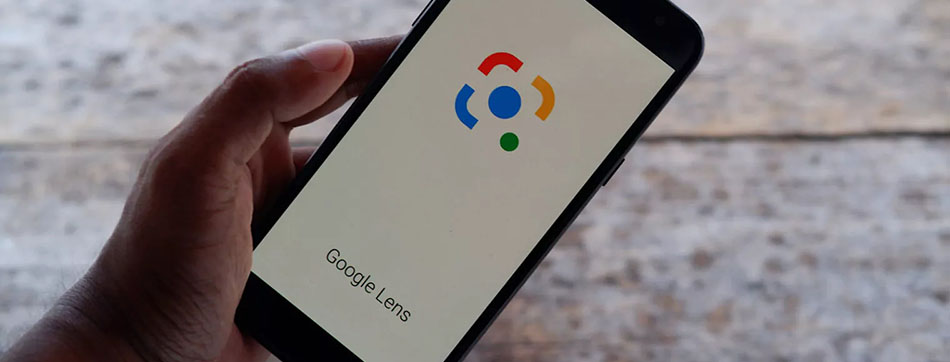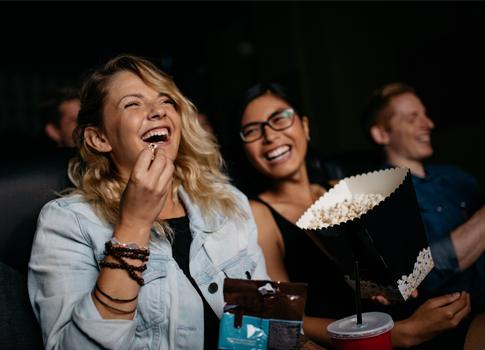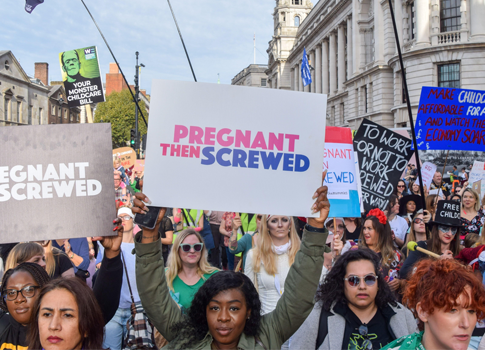Have you ever wanted to search something on Google, but can’t quite find the words? Sometimes we have a clear picture in our heads of what we’re looking for, but it’s too difficult to describe in words alone. That’s where multisearch comes in. Google’s new technology combines text and images to make finding what you’re looking for easier than ever.
How does multisearch work?
Multisearch is simple. Using Google Lens you can search by both images and text to find exactly what you are after. Just follow these three simple steps:
- Download the Google app and tap the camera icon to open Google Lens.
- Upload an image or screenshot, or tap the camera icon to take a photo of something in front of you.
- Tap ‘add to your search’ to add text. This can help narrow down your search. For example, take a picture of an orange dress then type ‘green’ to find it in a different colour.

How will this advanced AI technology change the search landscape?
We are ‘going beyond the search box’. Users can now search in a much more visual way. But it goes beyond just image search. This clever, artificial intelligence allows consumers to ask questions about what they see. They no longer have to put what they want to know into words. They can simply take photos of what’s in front of their very eyes, instead of having to worry about how to describe it.
This means search can become much more nuanced. The combination of image and additional text helps to narrow down the focus of the search. This means the user journey is much more direct. Multisearch cuts straight to point and displays exactly what the user is after. This is good news for brands as it makes the user journey much shorter. Users are now driven directly to the page of the product they are after which could help increase conversion. However, it does mean that ‘browsing’ as we know it may no longer exist. Just as you can be placed directly in front of a consumer, so can your competitor, and a user may buy their product straight away instead of browsing a few different sites before making a decision.
Therefore, you need to ensure your brand is optimised towards multisearch so that you don’t get left behind. This can help put your products in front of the consumer, over your competitors, to reap the benefits of the changing search landscape.
How can brands prepare for this new way of searching?
Like all new technologies, it’s best to get ahead of the game. Most brands are not optimising towards multisearch yet, so if you are the first in your category to consider multisearch then you can get ahead of your competitors. Simply complete the following SEO checks to ensure your website can be found using multisearch:
- Add alt tags to images – Alt tags are an important part of SEO because they provide a text alternative for search engines. This means that search engines like Google know what the image is showing because you have provided a written description. For example, if you provide the alt tag, ‘blue dress with lace sleeves’, then Google knows exactly what that dress looks like and can display the image when a user searches for a ‘blue dress’.
- Use high quality images – Google wants to display the best results to their users, and images are no different. Brands need to invest in high quality, compelling images that will help them stand out in the crowd. This not only increases your chances of the search engines displaying your images, but entices users to click on your brand over competitors.
- Upload product images of every SKU – You want to ensure you are putting all your products in front of users so it’s imperative that you have images of every SKU (stock keeping unit) onsite. That way, you are not missing out on any searches due to a lack of branded imagery. For example, if a user searches ‘chocolate bar with coconut’ and you haven’t got an image of your coconut chocolate bar with appropriate alt text onsite, then you could miss out on being displayed to this user, and therefore, could have lost a potential sale.
Why should brands jump on the multisearch train?
According to Google, over 8 billion users a month are using Google Lens to search visually. This is a significant amount of consumers your brand could be losing out on if you fail to recognise the value of multisearch. Correctly optimising your images could help put your brand in front of these users to help take some of this market share from competitors.
Optimising towards multisearch can also make your brand more discoverable. Ranking for both text and image searches increases the visibility of your brand in the search results. This can help increase traffic to your site as users are finding your brand in a variety of different places. For example, Google Images drives users to the landing page that the image comes from once they click it.
Lastly, you are putting your brand in front of consumers who are in the shopping frame of mind. Using multisearch, users are being displayed results that show exactly what they are looking for. Therefore, the browsing process is being removed because they are able to quickly find buyable versions of the images they are searching. This could increase conversion as it’s a much more straightforward form of product discovery.
For more information on multisearch and how it can help improve the visibility of your brand in the search engine results pages (SERPs), contact a member of our team today.






